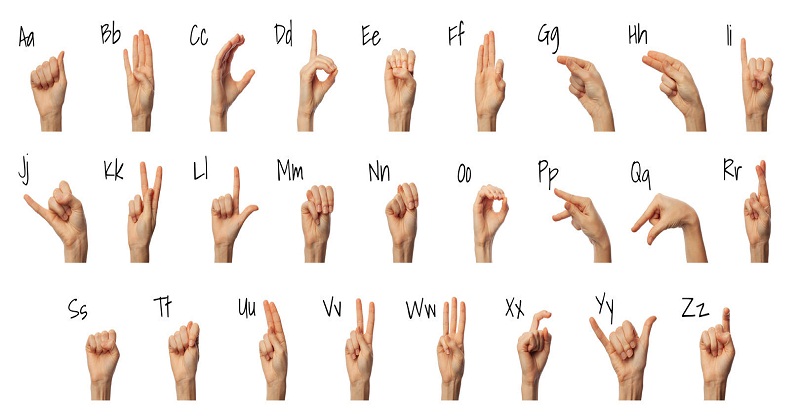
The International Day of Sign Language is a unique opportunity to support and protect the linguistic identity and cultural diversity of all deaf people and other sign language users. In 2020, the World Federation of the Deaf is issuing a Global Leaders Challenge. This challenge aims to promote the use of sign languages by local, national, and global leaders in partnership with national associations of deaf people in each country, as well as other deaf-led organizations. There are approximately 72 million deaf people worldwide. More than 80% of them live in developing countries. Collectively, they use more than 300 different sign languages.

Sign languages are fully-fledged natural languages, structurally distinct from the spoken languages. There is also an international sign language, which is used by deaf people in international meetings and informally when traveling and socializing. It is considered a pidgin form of sign language that is not as complex as natural sign languages and has a limited lexicon. The Convention on the Rights of Persons makes clear that sign languages are equal in status to spoken languages and obligates states parties to facilitate the learning of sign language and promote the linguistic identity of the deaf community. The UN General Assembly has proclaimed 23 September as the International Day of Sign Languages in order to raise awareness of the importance of sign language in the full realization of the human rights of people who are deaf.

Post Your Comments